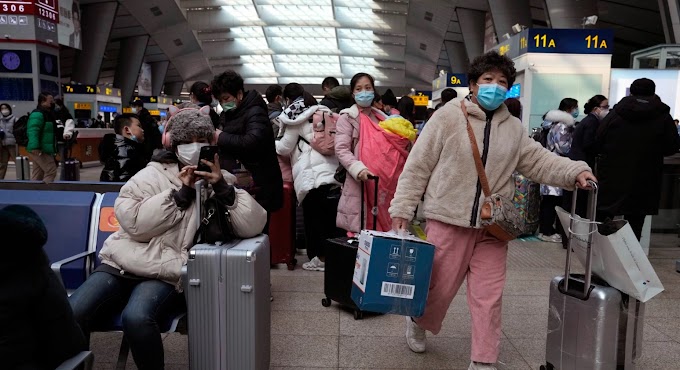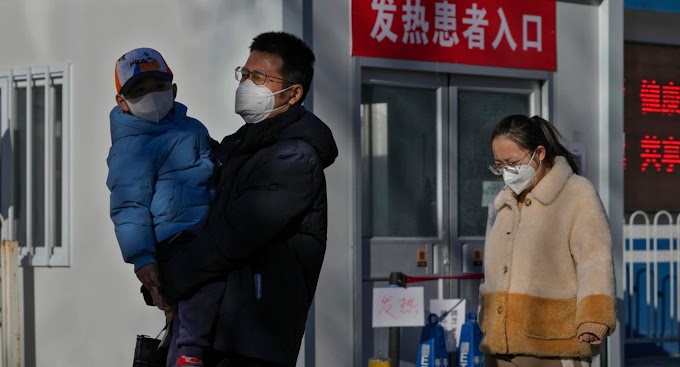World Bank slashes China's economic growth forecast for this year and next.
 |
| Shanghai's Lujiazui financial district has been empty due to the outbreak. (December 19, 2022) |
WASHINGTON —
In a report published on Tuesday (December 20), the World Bank significantly lowered its forecast for China's economic growth this year and next. The report said that the main factors dragging down the Chinese economy were the three-year lockdown measures of the new crown epidemic and the sluggish real estate industry.
According to the latest forecast of the World Bank, China's economic growth this year is expected to be only 2.7%, which is much lower than the 4.3% forecast made by the World Bank in June this year. The World Bank's forecast for China's economic growth next year has also been lowered from 8.1% to 4.3%.
The annual economic growth target set by the Chinese government at the beginning of 2022 is 5.5%. However, due to the continuation of the epidemic prevention and control measures and the deterioration of economic conditions, senior Chinese government officials have said that the economic growth target of 5.5% has been impossible to achieve. The World Bank expects China's economic growth this year and next to be far below the target of 5.5%.
"Economic activity in China continues to ebb and flow with the outbreak, and slower growth has contributed to an uneven recovery (locally)," the World Bank said in a report.
"As the economy reopens, real GDP growth is expected to reach 2.7 percent this year and recover to 4.3 percent in 2023," the report said.
In the past three years, under the extreme epidemic prevention and control measures of "dynamic zeroing", people's livelihoods and economy have suffered serious impacts and disturbances, which not only troubled investors but also caused public dissatisfaction. Under the dual pressure of public protests and demonstrations and a sharp economic downturn, the authorities have begun to loosen extreme containment measures. However, the control measures that still exist, and the surge in the epidemic due to the loosening of containment measures continue to affect consumption and business activities
 |
| Residents of Beijing line up for nucleic acid testing. (November 24, 2022) |
.In September this year, the World Bank lowered its forecast for China's economic growth this year and next. China's economy was forecast to grow 2.8 percent this year and 4.5 percent next year.
"China's growth prospects are constrained by significant risks arising from uncertainty about the outbreak, policy changes in response to the outbreak, and changes in household and business behavior," the World Bank report said.
Mara Warwick, World Bank country director for China, Mongolia and South Korea, said China's "continued adaptation" of its anti-epidemic policies was critical to its economic recovery and public health.
"Accelerating efforts on public health preparedness, including efforts to expand vaccination, especially among high-risk groups, may allow for a safer and less disruptive reopening," Huamaya said.
 |
| Beijing residents walk past a mobile vaccination site for the new coronavirus vaccine. (October 26, 2022) |
The World Bank pointed out that China's economy is also challenged by other risks unrelated to the epidemic, including uncertainty about the development of the global economy, the impact of climate change, and "sustained pressure" on the real estate market due to Beijing's crackdown on excessive lending in the real estate industry. .
Chinese leaders said last week they would speed up policy adjustments to support a slowing economy as a slowing global economy hurts exports and to cushion the impact of the coronavirus on businesses and consumers.
"As growth expectations remain below actual potential and the global environment deteriorates, sustained macroeconomic support is needed," said Elitza Mileva, World Bank chief economist for China.







